






Commissioning Art Explained |
The fourth in our series of newsletters looks at a different way of buying art - commissioning.
Many of you may have seen and loved an artists work, but felt that it was just too large, or too small for the space - or you may have missed out on a work and wanted something similar. In the workplace, you may want to have something that is site specific - or that reflects your brand or your client base. You or someone you know may have a major life event - a birthday or anniversary, a wedding or a retirement - and perhaps you are buying a gift, or want to commemorate this with a piece of original art. Your town or region may be looking to commission a piece of public art - how can you be involved in that?
Whatever the reason - for many people the process is a mystery - how does one approach an artist? Will the cost be prohibitive? What are the risks? How long does it take? Hopefully we will be able to answer your questions, and give insights into commissions that Gallery artists have undertaken. A commission is a collaborative work between the client and the artist – and often involves an intermediary such as the gallery that represents that artist. Whilst not all artists take commissions, those that do often find that a commission is an enjoyable experience that can take them in new directions.
If you have missed out on a piece, then it is often possible to commission the artist to do another version of the work. It will not be identical – but it will retain the ‘feel’ of the piece – and can be personalised to give a closer connection.
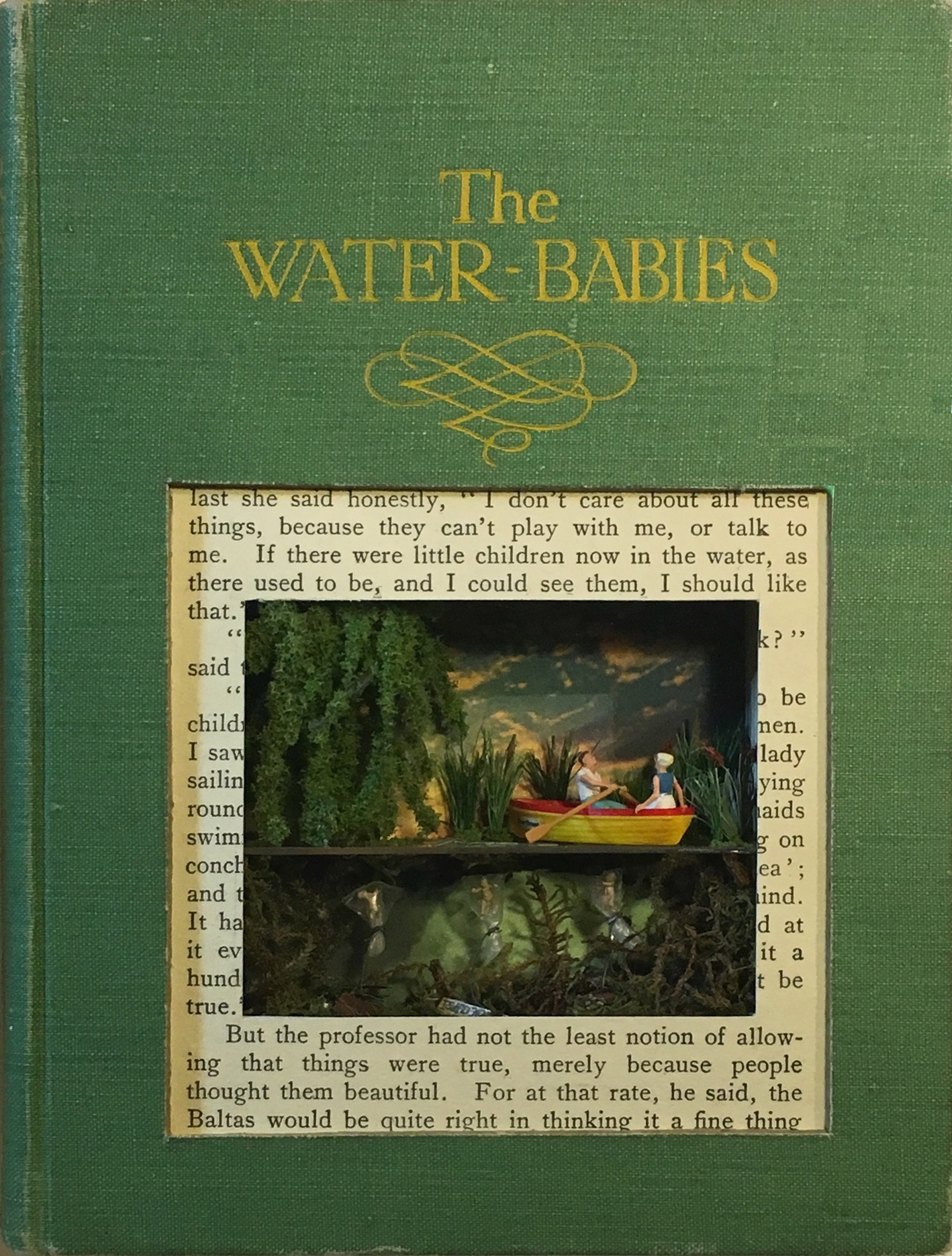 |
In Laura Beaumont’s first solo show, her ‘Water-Babies’ sold on the opening night. A client arriving later that evening had fallen in love with it. Laura’s works are in a limited edition series – so she was happy to another version. Growing up, Laura and Sue had lived on neighbouring houseboats, and in this case you will see that the boat has the name of Sue's boat and below the water is a piece of wood with the name of Laura’s boat – a reference back that childhood experience and a lovely personal touch. Keith Haynes whose vinyl artwork has now found its way into many collections, has worked with a number of clients to personalise existing works – putting records into the piece that resonate and have personal meaning. For clients who may want to stop short of commissioning a work from scratch, this is a great way to have some input into a work that already exists.
The Water Babies | Book Sculpture | Laura Beaumont || Whole Lotta Love | original vinyl and neon | Keith Haynes |
 |
During Tara Winona’s very successful solo exhibition in 2018, a client who had bought one of her beautiful elephants on the opening night, returned to buy another piece – a large flying owl - and was dismayed to find that it had not only sold but had already left the gallery for its new home. However meeting with Tara and talking it over, Tara agreed to do another version. For Tara, a commission is a great responsibility and it takes some time – she needs to feel the same level of inspiration as she does when working in her studio and allowing the muse to take her where it will! When Memory Keeper eventually made its way from Sydney to London, the piece was imbued with personal detail that Tara gleaned from the dialogue that she had with the client over the preceding months – hence the title.
 |
Peter Newsome’s large layered glass sculpture, Blue Largo, had been snapped up at the start of our exhibition. A collector of Peter’s work was disappointed, but as is often the case was initially philosophical about it. However as time went by the piece stayed in his mind, and led eventually to a discussion with Peter about another similar piece.
Blue Largo II | Bonded Glass | Peter Newsome FRBS |
|
Sometimes finding the right piece for a specific place in your house, office or garden can be difficult. You find an artist you love, but their work is just too small, or too big, or perhaps is the wrong orientation. Whilst as a gallery we might love the approach that would change the environment to suit the piece – we once had a client who knocked down a wall so that one could stand back far enough from the painting - we recognise that is not always possible. So, having found an artist you love – then definitely have the conversation about the artist producing something specific for the space that you have in mind.
Paul Bennett – that is P F Bennett (described as such on our website to differentiate from another of our artists of the same name – more about him shortly) generally works on specific paper sizes. Whilst at the Fresh Art Fair we met a couple show loved his work, but they had been looking for some time to fill two spots either side of a chimney breast – and needed larger pieces. Paul’s work is unashamedly nostalgic, inspired by the music that he listened to growing up, and full of references to those dates and locations. Paul was more than happy to accommodate the requirements, but was keen to reflect his client’s personal story. The result was paintings that referenced where they had each grown up – The Tyne with Jimmy Nail’s Big River and Sheffield with Mike and the Mechanics The Living Years. The images include lots of personal references – their granddaughter, poppies from the Tower of London and their ginger cat. See how many other song references you can spot! “As you know we’re not adverse to buying originals but this was the first time we had ever commissioned a piece (or two). If we had more wall space we’d do it again in a heart beat.” |
|
Historically, one of the most common reasons to commission an artist was to paint a portrait – and that has not changed. Portraiture is possibly one of the biggest challenges for an artist. Capturing an accurate likeness, whilst also capturing the spirit of the subject is something that separates a good draughtsman from a great artist. This is a very personal thing – and often very emotional. Again, we would advise finding an artist whose style you like and discuss what you want with the gallery and the artist. Some artists prefer to work with sittings – in a very traditional way. Photography is also used – perhaps where a sitting is not possible, or where the artist’s process does not suit sittings. Two quite different examples are shown below. Paul Lisak is a consummate portraitist. He paints in a way that the old Masters would have recognised, building layers slowly and sitting with the subject. It has been said that the difference between a photographic portrait and a painted portrait is that the photograph caputres one moment and the painting captures a series of moments as the relationship between painter and sitter develops. This portrait of Lord and Lady Patten has a casualness about it – the subjects are not wooden and what could have been a very formal portrait has the sense of familiarity about it. Rebecca Fontaine-Wolf has a very different style – her work has a spontaneity that makes working with a sitter difficult. Therefore she would normally take photographs and work from them. In one particular commission – my beautiful sister-in-law – that was not possible. My brother had lost his wife of over 40 years and having seen and loved Rebecca’s work, gave her the great responsibility of painting Sue’s portrait. Rebecca took some considerable time to talk things through, to learn about her and to look through many family photographs. When she had finished the painting, we were all blown away – not only was this a great likeness, it had that Mona Lisa quality – a fleeting expression that often captures someone’s identity. How often have we looked at our children and suddenly seen a movement of the head or a laugh and said – you’re are just like your grandfather or your auntie. Astonishingly, that is what Rebecca had achieved, and it was a very poignant moment when the whole family saw the piece. Public art has always been an important area – particularly for sculptors. It can provide a defining moment in an artist’s career – take Anthony Gormley and the Angel of the North for example. That piece took Gormley from a position of recognition within the artworld and amongst his peers to national and international fame. Public sculpture belongs to communities and often the commissioning process by government or public bodies involves community input. It should, and usually does, involve some historic connection to the local area. “I like to bring art into the public domain – to introduce it to people who might not have the opportunity to visit museums and art galleries.” Guy Portelli FRBS PVP RBA.
|
|
Public votes determined the subject and the artist for Manchester’s recent public sculpture of Suffragette leader Emmeline Pankhurst by Hazel Reeves. Often fund raising is required to enable commemorative sculptures to come to fruition, or the piece may be funded by another body, as was the case with portrait sculptore Suzie Zamit’s portrait of Charles Bradlaugh MP which was funded by the National Secular Society and in the permanent Parliamentary Collection in Westminster. Sometimes artists make maquettes (smaller versions of the large sculpture) available to partially fund the final piece and as the fame of the public works increase – so the value of the maquettes also rise. This was the case with the maquettes for Emmeline - some are still available. |
|
Sculpture can also be commissioned for gardens – both public and private. Bronze, stone, steel, glass, wood – a whole range of materials could potentially be used. The gallery and artist would be able to work with you, and if you are using a landscape gardener – can work with them as integration with the natural environment is a key element. Below are some examples of this ustilising quite different media and styles. |
|
When a business is thinking about art for its workplace, then brand alignment may be a consideration. Where work is produced as part of an edition – eg photography – it can be possible to select currently available work, but to have that printed up to the scale to suit the space. International law firm Dechert were looking to select artwork for their client facing areas – after consulting with Vedo Corporate Art, a number of cityscape images by international photographer Christopher Hauser were selected – they reflected the international nature of the business and featured cities where the firm had offices. For more information about how a corporate art consultancy can help with commissioning the right work – and save you both time and money see www.vedocorporateart.com. |
|
Perhaps as a company you would like to collaborate with an artist – a promotion of their art and of your brand. Eben Rautenbach, who uses pyrography to burn images into wood, has worked with two niche companies who produce Skis and Surboards. His skills and their beautifully designed products combine to great effect. One of the surfboards is in our current WILD exhibition. His collaboration with ski maker Jamie Kunka attracted the attention of the National Museum of Scotland who commissioned a set for their project Collecting the Present. Our weekly news blog features Eben’s work in more detail - see more HERE
The King and the Monarchs | pyrography on wood | |
 |
|
Perhaps you are looking for artwork with a particular accent or colour. We still believe that you should source an artist whose work resonates with you – but it is fine to ask the question of whether that artist would consider a palette that would work with your décor. Many artists whose work is all about colour welcome the opportunity to work with a particular palette. Cumbrian artist Paul Bennett and London based artist Robin Richmond both work with rich colours and have great technical ability to blend a whole range of colours together and both have worked with clients to produce work that is harmonious with their environment. Other artists who work with great colour are Richard Wincer and Gwen Joy Royston. |
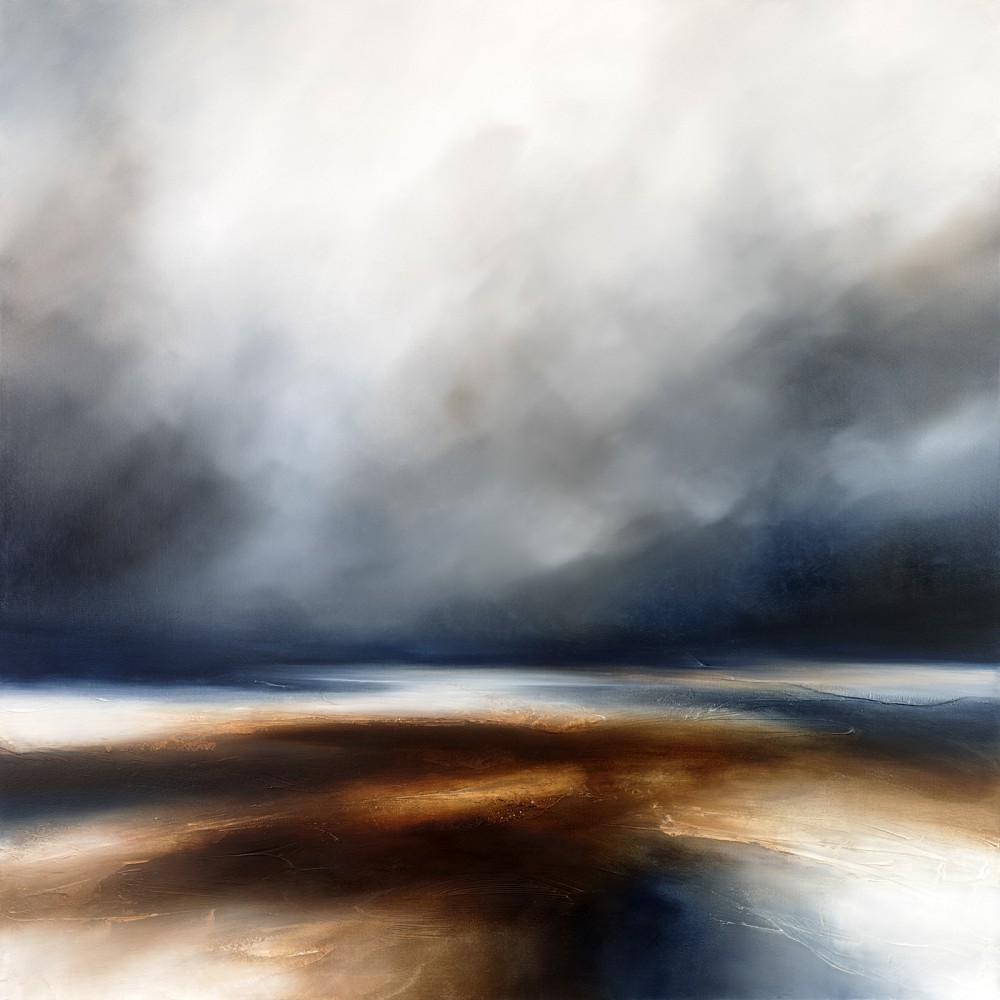 |
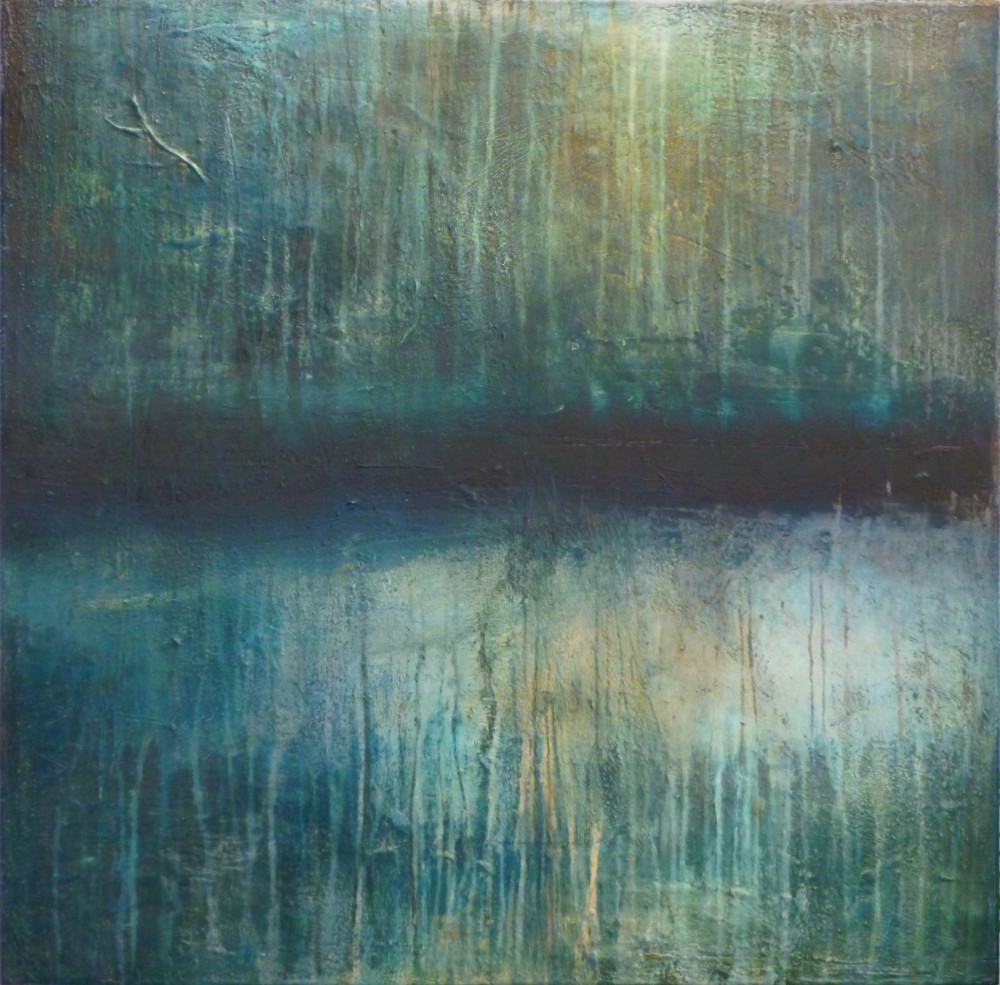 |
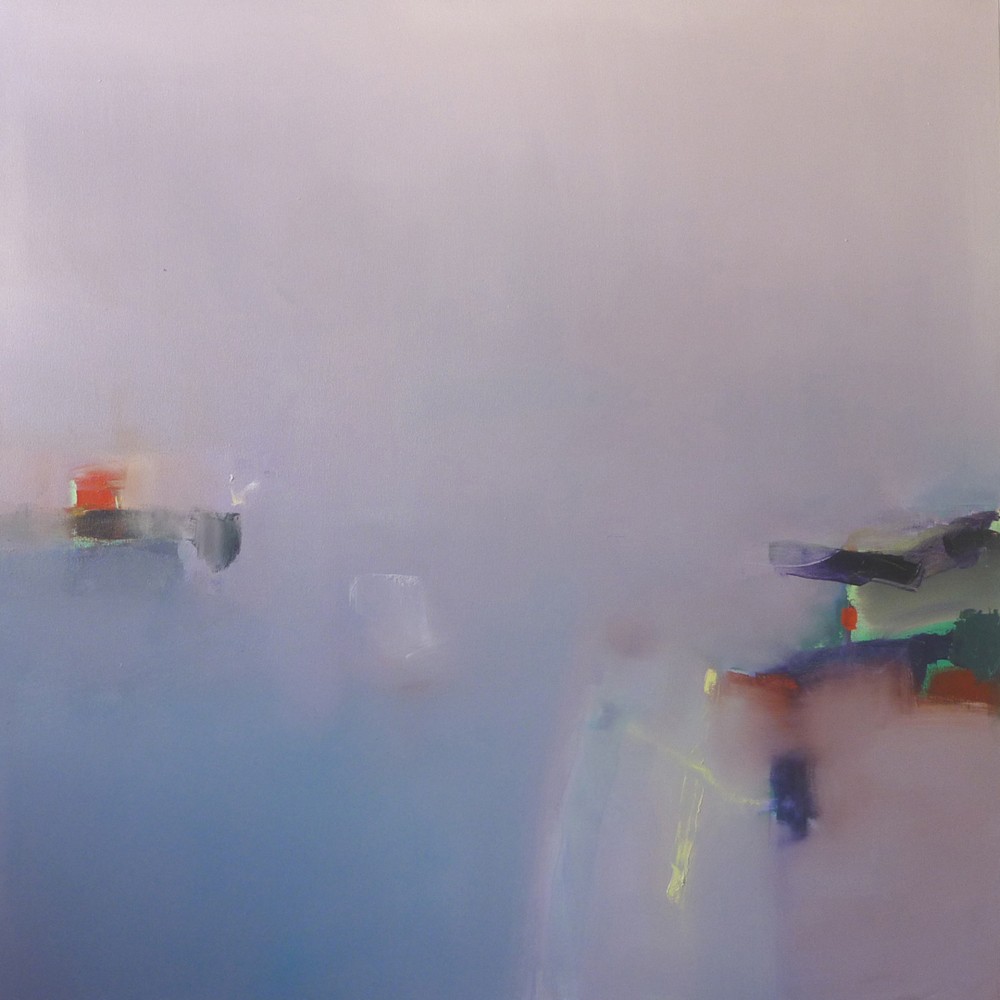 |
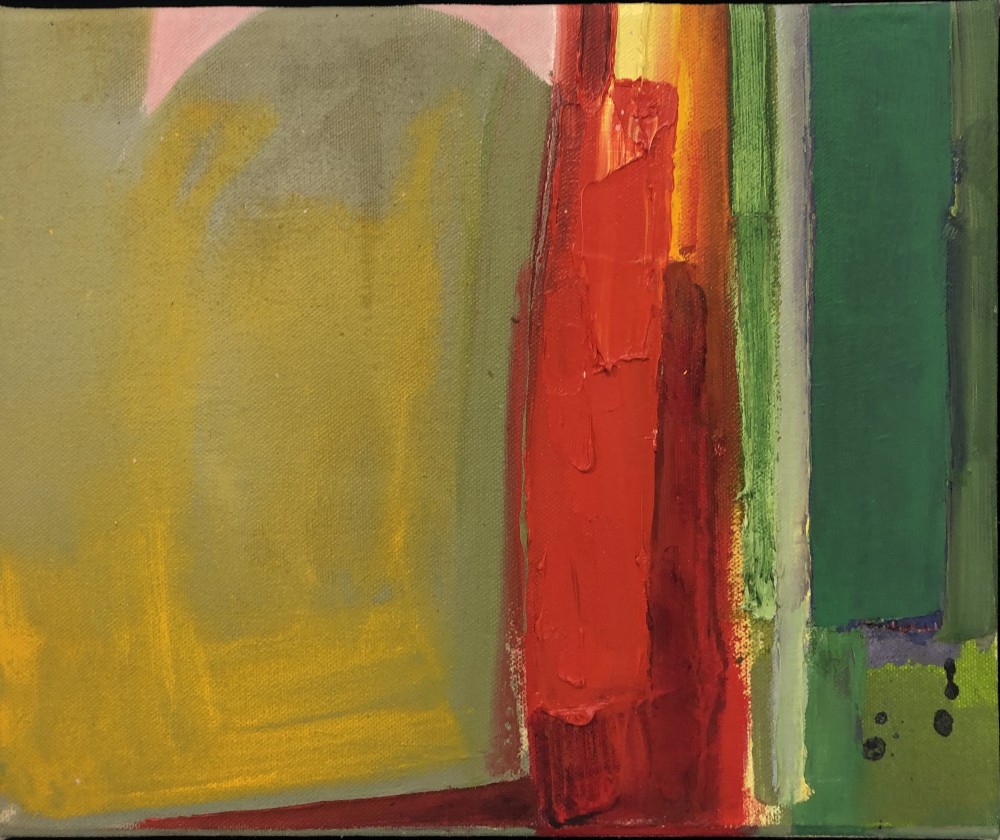 |
|
Cockwise: After the Rain | Oil on canvas | Paul Bennett; Winterlake | Mixed media on canvas | Robin Richmond; Breaking Dawn | oil on canvas | Richard Wincer; Trojan | Acrylic on canvas | Gwen Joy Royston |
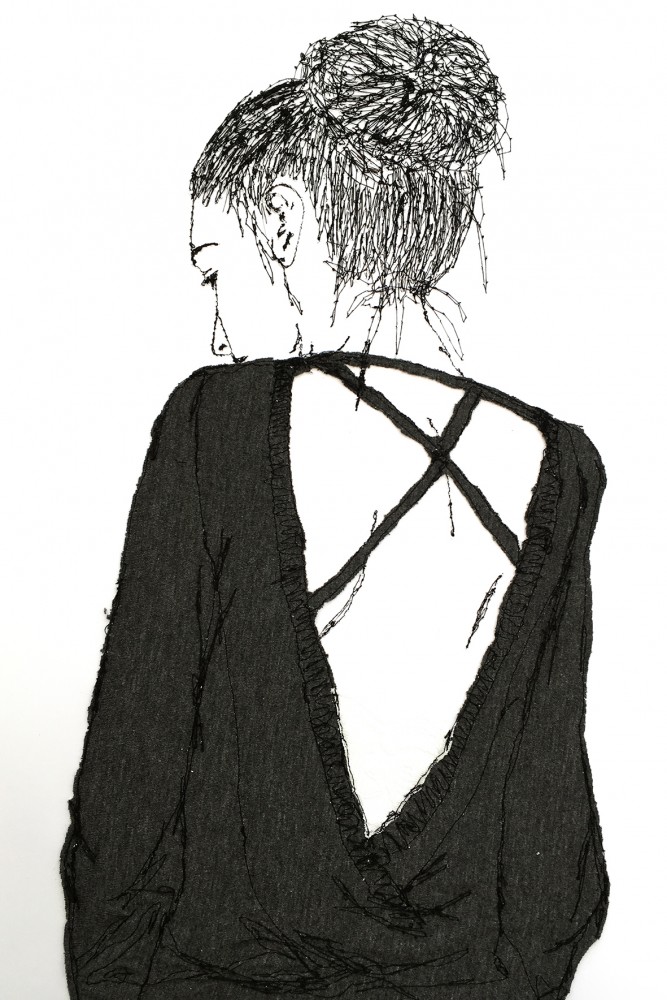 |
Then of course the big question – how much? To a large degree this depends on the artist. A very established artist’s work will be more expensive that an emerging artist. Sometimes there is a premium to commissioning work – particularly if it is something outside the artist’s usual work, but often it will be the same price as buying in the gallery. A deposit is required up to 50% with the balance payable only when the work is completed and you are happy. And commissioning can start from a real entry level.
|
|
People also worry about what will happen if they don’t like it? As a gallery we have never had this happen. Partly because we work with artists who we know are great at understanding what a client wants – and also because the dialogue between the artist and client ensures that they are on ‘the same page’ However where that question has been asked, the artist has always agreed that if the client were not happy then they would do another version. Whatever your concerns – just ask.
We hope that this will have de-mystified the process of commissioning art – and if you are thinking about commissioning yourself and would like more information – then do get in touch - info@gallerydifferent.co.uk |